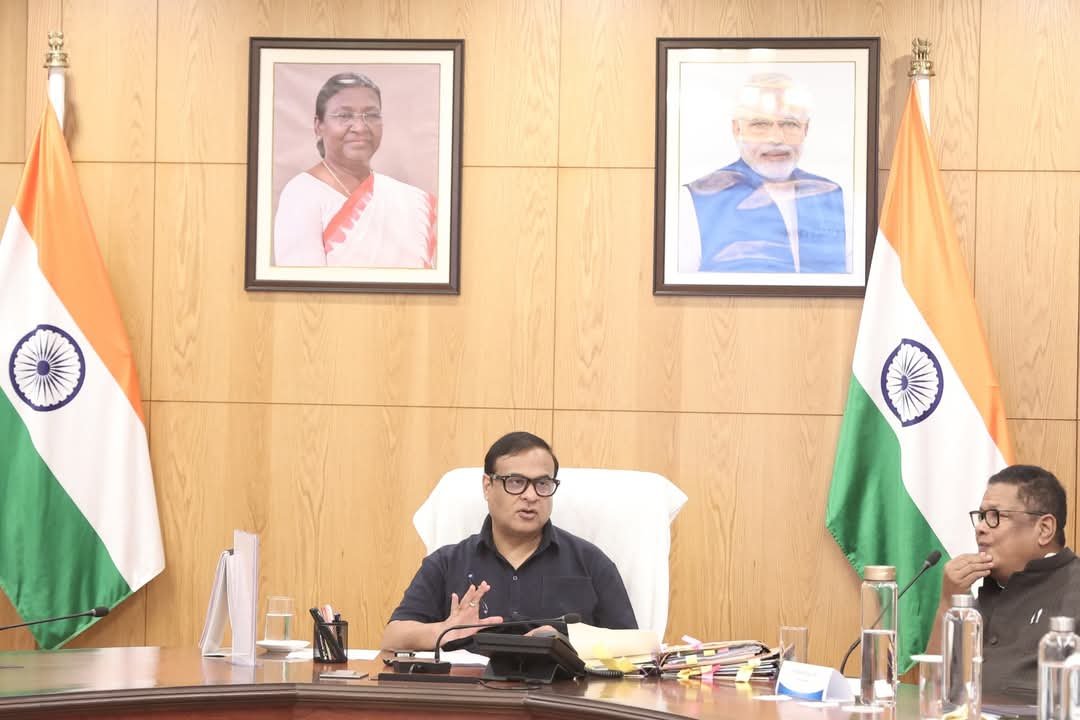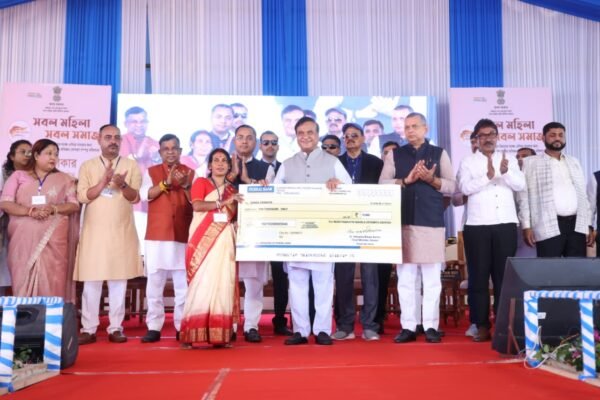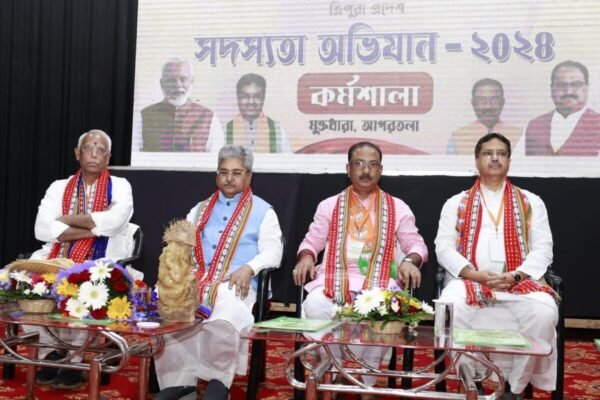Guwahati, Jun 3: Assam Chief Minister Himanta Biswa Sarma has responded to Pakistan’s recent claims linking China’s potential to halt the Brahmaputra River’s flow to India. Calling the Brahmaputra “a river that grows in India,” Sarma emphasized that the river’s majority flow originates within Indian territory, limiting any upstream control.
In a post on social media platform X, Sarma addressed Pakistan’s narrative following India’s move away from the Indus Waters Treaty. He wrote, “What if China stops Brahmaputra water to India? Let’s dismantle this myth — not with fear, but with facts and national clarity.”
Sarma explained that China contributes only about 30–35% of the river’s total flow, primarily from glacial melt and limited rainfall in Tibet. The remaining 65–70% of the Brahmaputra’s water comes from Indian states such as Arunachal Pradesh, Assam, Nagaland, and Meghalaya, supported by tributaries including the Subansiri, Lohit, Kameng, and Manas rivers.
Highlighting hydrological data, Sarma noted that the river’s flow near the Indo-China border at Tuting is around 2,000–3,000 cubic metres per second, increasing to 15,000–20,000 cubic metres per second in the Assam plains during monsoon.
He further stated that even if China were to reduce water flow—though unlikely—it could help reduce Assam’s annual floods, which affect millions. Sarma also pointed out that Pakistan, having enjoyed preferential water access under the Indus Waters Treaty for over seven decades, is now reacting anxiously as India reclaims its sovereign water rights.
The comments come amid growing concerns over China’s proposed “Great Bend Dam” on the Yarlung Tsangpo River, known as the Brahmaputra in India. Arunachal Pradesh MP Tapir Gao called the project a potential “water bomb” threatening downstream countries.
Dr Ranbir Singh, Chairman of the Brahmaputra Board, stressed the need for a coordinated response involving international cooperation to address the challenges posed by the proposed dam.








